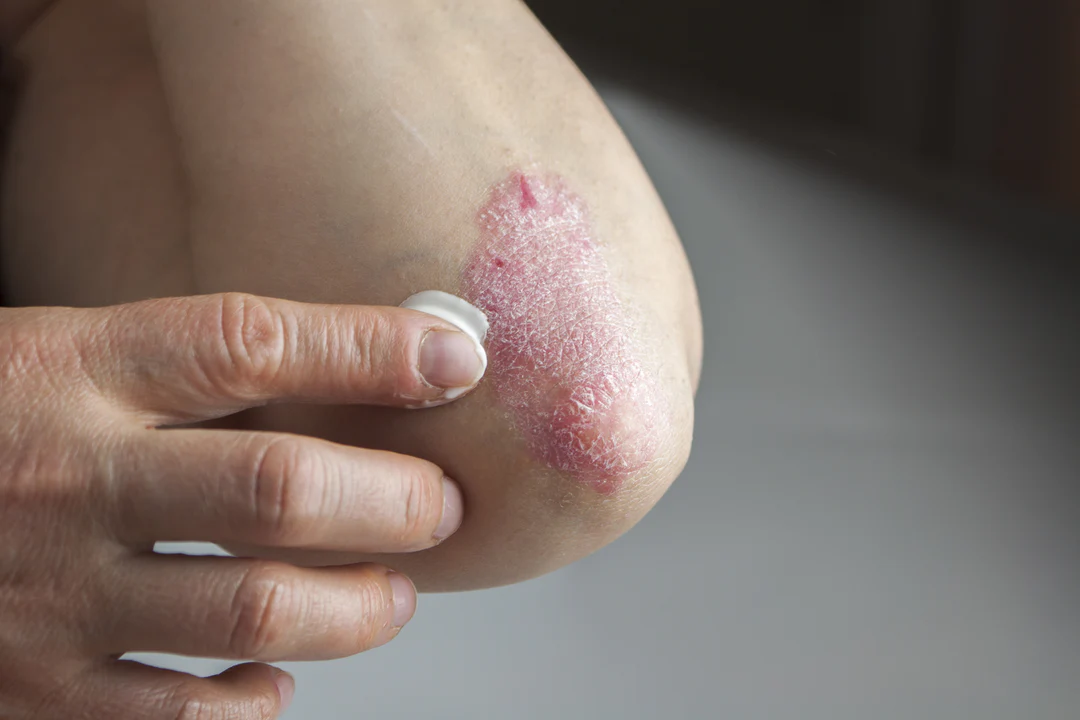
Does Salicylic Acid Fight Acne?
If you have oily, acne-prone skin, you’ve probably heard of the popular skincare ingredient salicylic acid. It’s known for its ability to penetrate deep into the pores and remove excess sebum, dirt, bacteria, and other impurities.
Salicylic acid, a member of the family of chemical exfoliants known as beta-hydroxy acids, also works on the outer surface of the skin to remove dead skin cells, dirt, and debris. What often happens is that all of these imperfections can become a problem of some kind, leading to blemishes, acne, flaking skin, and a dull, lackluster complexion.
If you want to learn more about how salicylic acid works on the skin and how it affects the overall look and feel of your complexion, you can read the dedicated blog post “What is Salicylic Acid?” Now let’s answer the question in today’s blog post: Is salicylic acid good for acne? So, let’s dig in and learn more!
Does Salicylic Acid Cause More Acne?
To sum up, salicylic acid may cause more acne, but there are several factors. Here are some examples of possible causes for increased acne breakouts.
You’re using the wrong concentrate. Before incorporating the acid into your daily routine, it’s important to focus on the BHA concentrate in the formula. To get a better idea of how effective a product is, check the ingredient list.
If salicylic acid appears in the first five active ingredients listed, it indicates that an effective amount is present.
This means that the BHA helps fight acne and breakouts. If you use a product infused with salicylic acid and find that it has no effect on your skin, you may need to switch to a different, more effective formula. They don’t use
enough
Salicylic acid usually needs to be slowly introduced into your daily routine at first. Once your skin has built up a tolerance to the acid, you can use it more frequently, which improves skin clarity and your skin barrier
is protected and functions optimally.
This ingredient is not for you. If you don’t see any improvement in your breakouts and acne issues after using a salicylic acid-rich product for more than 4 weeks, this may be a sign that the product’s ingredients are not working
for you. You should consult your doctor or dermatologist to find another ingredient or product that can address this issue without causing side effects.
This may be a sign that it is working. Believe it or not, your acne may get worse before it gets better. You’ll often notice that your acne seems to get worse once you start using salicylic acid in your daily skincare routine. As daunting as it sounds, this is a sign that the powerful BHA is working deep into the pores to remove excess sebum, bacteria, dirt, and debris. When all this “dirt” is pushed to the surface of the skin, acne and pimples are only a short-term problem, but after 4 weeks of regular use, these problems will slowly improve. How long does it take for salicylic acid to work against acne? As you can see, I briefly answered this question in the previous section. It usually takes about four weeks to see a noticeable change in your skin tone and a reduction in active pimples and acne. Depending on the severity of your outbreak, you may see results sooner, or sometimes even longer, and you’ll need to use the product for about 6 to 8 weeks to see noticeable improvement. If you don’t see noticeable improvement during this time, it may be a sign that you should ask your doctor about alternative ingredients or products. I also recommend doing a 24-hour patch test before applying any new products to your face to avoid any reactions.
Which acid is best for removing stains?
Salicylic acid is often considered by dermatologists and skin care experts to be the best acid for treating acne and pimples. There are more potent ingredients such as benzoyl peroxide that can be very effective in fighting acne. However, salicylic acid is the go-to for many people and is available in a variety of formulas that are simple and easy to incorporate into your daily routine.
Salicylic acid is found in over-the-counter products such as toners, cleansers, and serums, usually in concentrations of 0.5% to 2%. For higher concentrations, chemical peels or professional facials that contain a percentage of
containing a medicinal acid are an option. Chemical peels or facials are considered the best starting point for clear skin.
Can I use salicylic acid every day?
Yes, it is considered safe to use salicylic acid every day once your skin has developed a tolerance to the strong acid. To achieve this, it is best to initially use products containing salicylic acid only 2-3 times a week, preferably at night, as salicylic acid is known to increase the skin’s sensitivity to light and increase the risk of sun damage to the face.
To avoid this, wear sunscreen every day to further protect your skin. If you find that your skin still feels comfortable after using salicylic acid two to three times a week, you can use it daily. For more information on daily use of salicylic acid, see our dedicated blog post. Is salicylic acid good for acne scars? Yes, due to the exfoliating properties of the acid, you will notice that the pigmentation of remaining acne scars will be reduced and less visible to the naked eye. If you want to remove acne scars and dark spots quickly and effectively, it is best to consult a professional who can help you with a range of chemical peels and facials.


